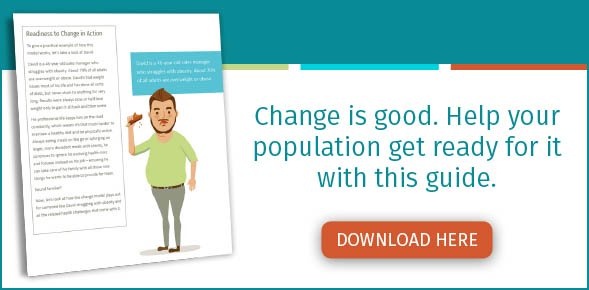Researchers have known for a long time that exercise is very helpful for controlling diabetes and its complications. Exercise helps lower blood sugar levels in the body similar to insulin. Regular exercise also helps improve insulin sensitivity so insulin can do its job better. What hasn't been known is the kind of exercise that is most helpful in lowering high blood sugar – high intensity or moderate intensity activities.
To answer this question, researchers put a group of overweight diabetics (they all had high blood sugar levels) on three different intensity exercise programs and monitored their blood sugar levels to see which program lowered the blood sugar the most. The first day the overweight diabetics did no activity, ate standard control meals for the day, and monitored their blood sugar levels for 24 hours. This "no intensity" sedentary day became the standard to compare low and high intensity activities against.
Next, the study subjects rode a stationary bicycle at a moderate pace for an hour, and then monitored their blood sugar levels for the next 24 hours. Between each exercise testing, the researchers allowed three days of rest. Lastly, they exercised at a high intensity on the stationary bicycle for 30 minutes and monitored blood sugar levels. Although they exercised for different durations, both exercise routines burned the same number of calories on a bicycle ergometer because the intensity changed.
Here is what the researchers found. Both forms of exercise lowered blood sugar levels compared to the sedentary day, but the moderate intensity activity lowered blood sugar levels the most. The moderate intensity exercise session lowered the prevalence of high blood sugar levels during the 24 hours by 50 percent compared to no exercise. The high intensity exercise session only lowered the prevalence of high blood sugar during the 24-hour period by 19 percent even though they both burned the same number of calories in exercise.
This was a surprising but welcome finding. The lower intensity exercise was more effective than high intensity activity in reducing high blood sugar levels. This is encouraging because most overweight diabetics don't like to exercise at high intensity levels and moderate activities are more likely to be continued by people who are sedentary and first starting an exercise program.
An earlier study published by these same authors found that resistance training was also beneficial in lowering fasting blood sugar levels. In this case, one weight lifting exercise session lowered the prevalence of high blood sugar levels by about 40 percent compared to non-exercisers. Interestingly, weight training also proved to be more effective in lowering the prevalence of high blood sugar than high intensity aerobic activity.
The bottom line is this. All physical activity is beneficial in lowering blood sugar levels and their health consequences, but moderate activities such as brisk walking or moderate cycling, and weight training are most effective. If your goal is to lower blood sugar levels, moderate activity may be more helpful.
What if you are not a diabetic, does this principle still apply? Yes, by all means! Regular physical activity (moderate and intense activity) will help prevent the development of diabetes by keeping blood sugar levels lower, weight under control, and enhancing insulin resistance. If you don't like jogging or other intense activities, moderate activities are still very helpful. Anytime you help prevent high blood sugar, you also lower the risk of heart disease and cancer. In diabetics, lowering blood sugar also helps prevent blindness, kidney disease, and infections. For good health, aim for at least 30-60 minutes of moderate physical activity or 20-30 minutes of vigorous activity most days of the week. Also include weight training at least twice per week.
Do you think you are ready to make changes? Make sure you set yourself up for success by determining if your population is ready to embrace change by reading our whitepaper, Readiness to Change.
Reference:
- Manders RJ, et al. Low intensity exercise reduces the prevalence of hyperglycemia in type two diabetes. Medicine and Science in Sports and Exercise. 2010 Feb;42(2):219-225.








